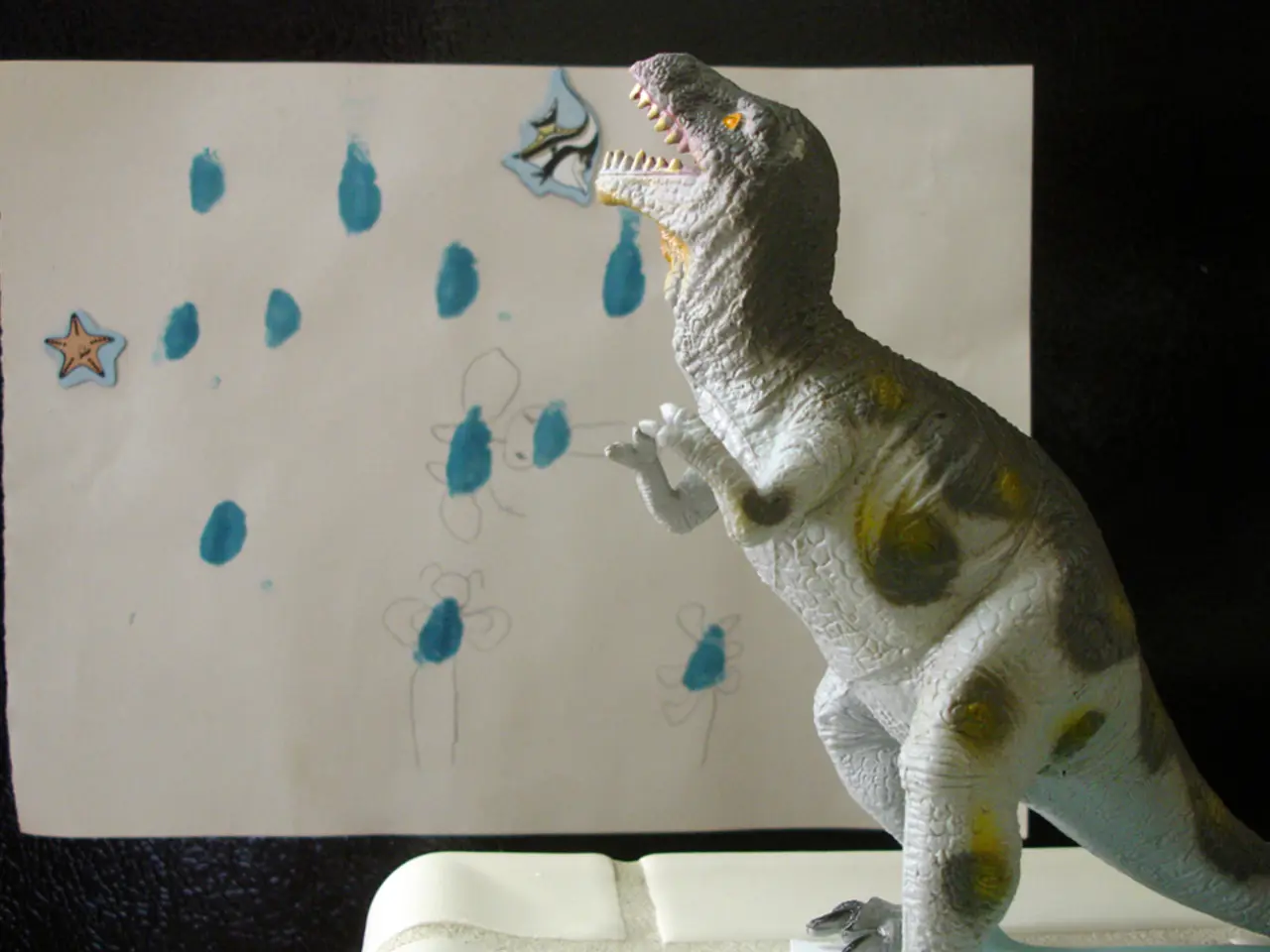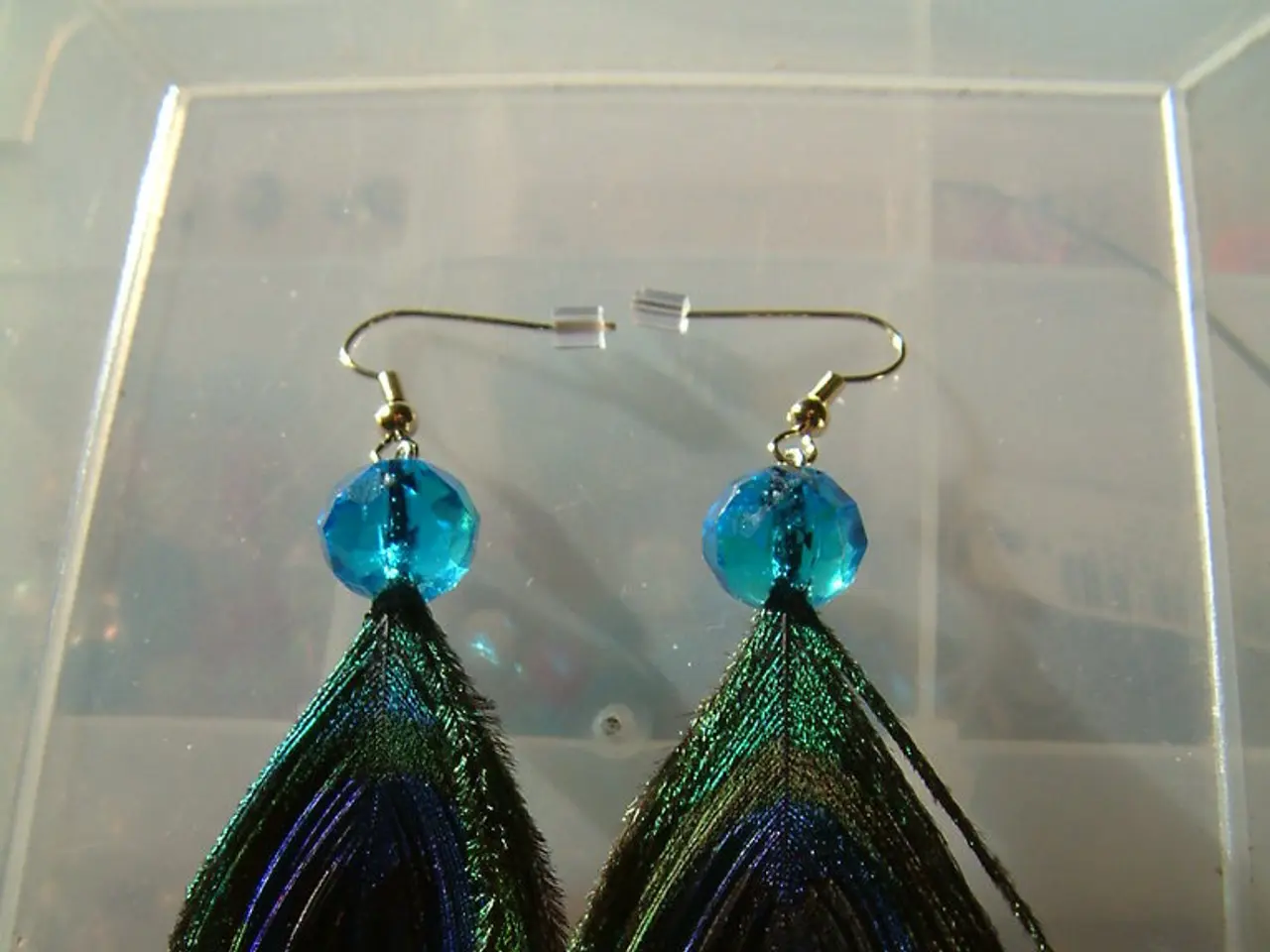Discovered Bird Ancestor Archaeopteryx Had More Avian Traits Than Previously Thought
A remarkable Archaeopteryx fossil, now known as the Chicago Archaeopteryx, has made headlines in the world of paleontology. This newly described specimen, currently on display at Chicago's Field Museum, is considered the most detailed and revealing Archaeopteryx fossil ever found.
The Chicago Archaeopteryx, in private hands since 1990, made its public debut last year at the Field Museum. The fossil's exceptional soft tissue preservation has provided researchers with an unprecedented opportunity to study this critical transitional species between dinosaurs and birds.
Led by Jingmai O'Connor, the associate curator of fossil reptiles at the Field Museum, a team used UV light and CT scans to carefully excavate the fossil. O'Connor stated that the most important findings center around rarely preserved soft tissues, including the hand and foot.
One of the most exciting discoveries is the presence of tertial feathers, a feather type absent in non-avian dinosaurs but essential for flight in birds. This finding offers strong evidence that Archaeopteryx had a more advanced and complex wing structure than previously thought, supporting the interpretation that Archaeopteryx was capable of powered flight, somewhat analogous to modern chickens.
Moreover, the soft tissue on the right hand of the Chicago Archaeopteryx suggests that the two main digits of the hand were not bound together in soft tissue, and that the third digit could move independently. This finding supports long-abandoned claims from the 90s that Archaeopteryx could use its hands to climb.
Fine details in the Archaeopteryx's skull were also observed, which could help explain how modern birds evolved flexible beaks. Scales on the bottom of the Archaeopteryx's toes were also discovered, adding to the understanding of this transitional species.
Jingmai O'Connor mentioned that there are still many exciting findings to come from the Chicago Archaeopteryx, including a full-body CT scan and chemical data about the soft tissues. The discovery supports the idea that flight evolved more than once in dinosaurs, offering a unique and important window into how flight and avian characteristics arose during this critical evolutionary juncture.
Visitors to the Field Museum can now witness this remarkable fossil firsthand, gaining a glimpse into the fascinating world of Archaeopteryx and the evolution of flight.
The Chicago Archaeopteryx's showcased soft tissue preservation in technology like CT scans and UV light has intriguing implications for the future of science, particularly in the fields of technology, science, and space-and-astronomy, as it provides unprecedented insights into transitional species. This discovery also supports the theory that flight evolved more than once in dinosaurs, offering a significant contribution to the understanding of the evolutionary process. The Chicago Archaeopteryx's displays at the Field Museum offer an engaging bridge between the past and the future, sparking curiosity and fostering a deeper understanding of our planet's history.



